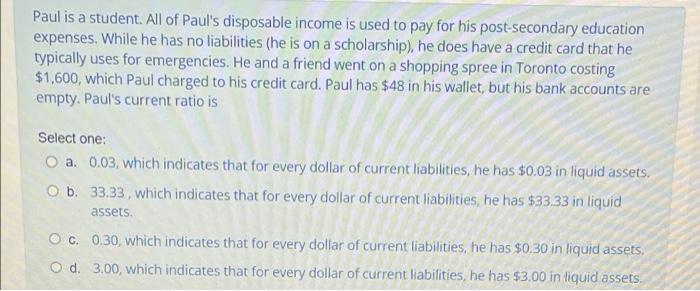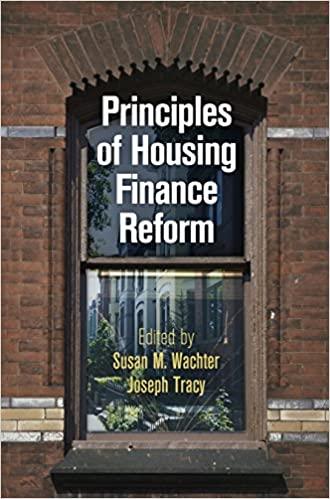Answered step by step
Verified Expert Solution
Question
1 Approved Answer
Paul is a student. All of Paul's disposable income is used to pay for his post-secondary education expenses. While he has no liabilities (he is

Step by Step Solution
There are 3 Steps involved in it
Step: 1

Get Instant Access to Expert-Tailored Solutions
See step-by-step solutions with expert insights and AI powered tools for academic success
Step: 2

Step: 3

Ace Your Homework with AI
Get the answers you need in no time with our AI-driven, step-by-step assistance
Get Started


